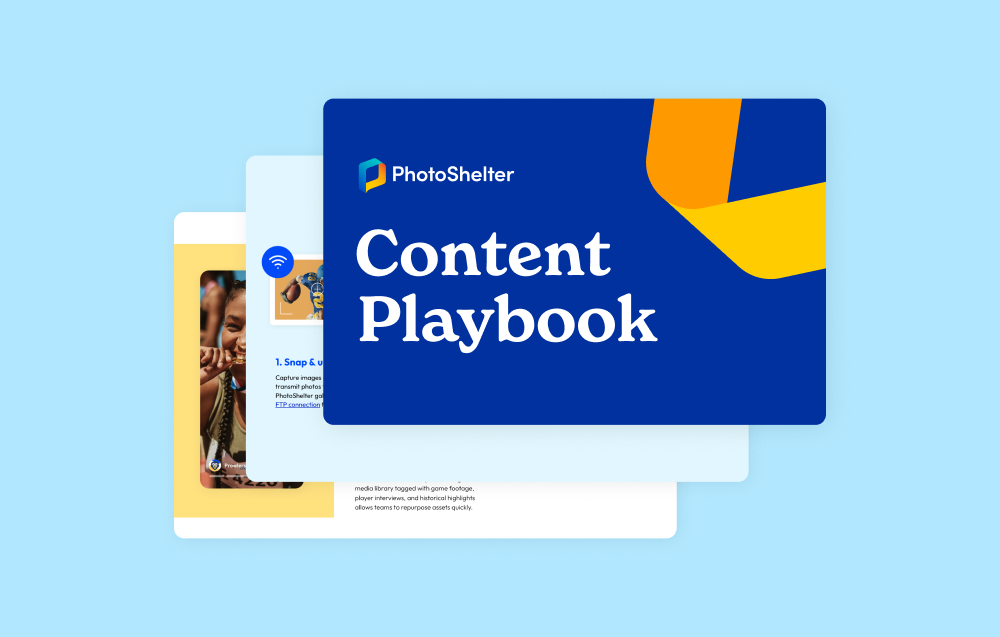Compliance.
The word strikes both fear and contempt in the hearts of nearly everyone in the workplace. Whether or not a specific compliance policy is an overreach and a hindrance to an organization is a subjective matter, but non-compliance can be a costly burden to many organizations.
Copyright compliance protects the intellectual property rights of creators, a class of worker that has been almost completely moved to the gig economy in the past 20 years. Without the protection of a corporation behind them, freelance photographers and videographers work hard to get paid for their time and talent, and protecting their copyright is an important tool.
Almost every organization uses some form of photography or videography in their marketing activity, so developing and enforcing a corporate copyright compliance policy is a necessary and important legal protection.
The task doesn’t need to be onerous, but it does require some basic training and organization to successfully manage.
Creating a Copyright Compliance Policy
The for-profit Copyright Clearance Center has published some guidelines for creating a compliance policy. We definitely recommend hiring a lawyer who specializes in intellectual property to help provide legal guidance.
In consultation with lawyers and other subject matter experts, we suggest soliciting input from stakeholders who use copyrighted content within our organization (e.g. marketing associates, graphic designers, video editors, etc). This will help you determine how people are currently sourcing and keeping track of copyrighted content, and identify potential risk areas.
A compliance policy might define where content can be sourced from, under what circumstances free content can be used, and where the content should reside (e.g. a corporate DAM is a much more logical place than an individual’s email account).
Educating Your Staff
Your staff should understand the economic risk to the company for infringement, and how to adhere to the compliance policy.
Insofar as photo and video is concerned, we think the following concepts are important to convey:
- Work-for-hire vs licensed: A staff photographer is typically in a “work-for-hire” arrangement whereby he/she produces photos that are most likely wholly owned by his/her employer. By contrast, when you hire a freelance photographer, or use stock photography, you are obtaining a license for that photography which is almost certainly limits how it can be used.
- Royalty-free (RF) vs Rights-Managed (RM): Most royalty-free content is licensed once and can be used in perpetuity (of course, read the specific license). By contrast, RM content is licensed for a specific use and duration (e.g. a brochure with a single print run of 5,000 copies in the medical industry good for one year). After the license expires, the organization must either cease using the content, or renew it.
- Centralization of assets. How many times has your organization paid twice for the same photo because it wasn’t centrally stored? Have you struggled to understand who has used an image within your organization? Digital Asset Management solutions like PhotoShelter for Brands can help you archive, distribute and track licenses within your organization.
- How will the organization respond when it receives a copyright infringement notice?
Disclaimer: This article does not constitute legal advice. Always consult with a lawyer.



